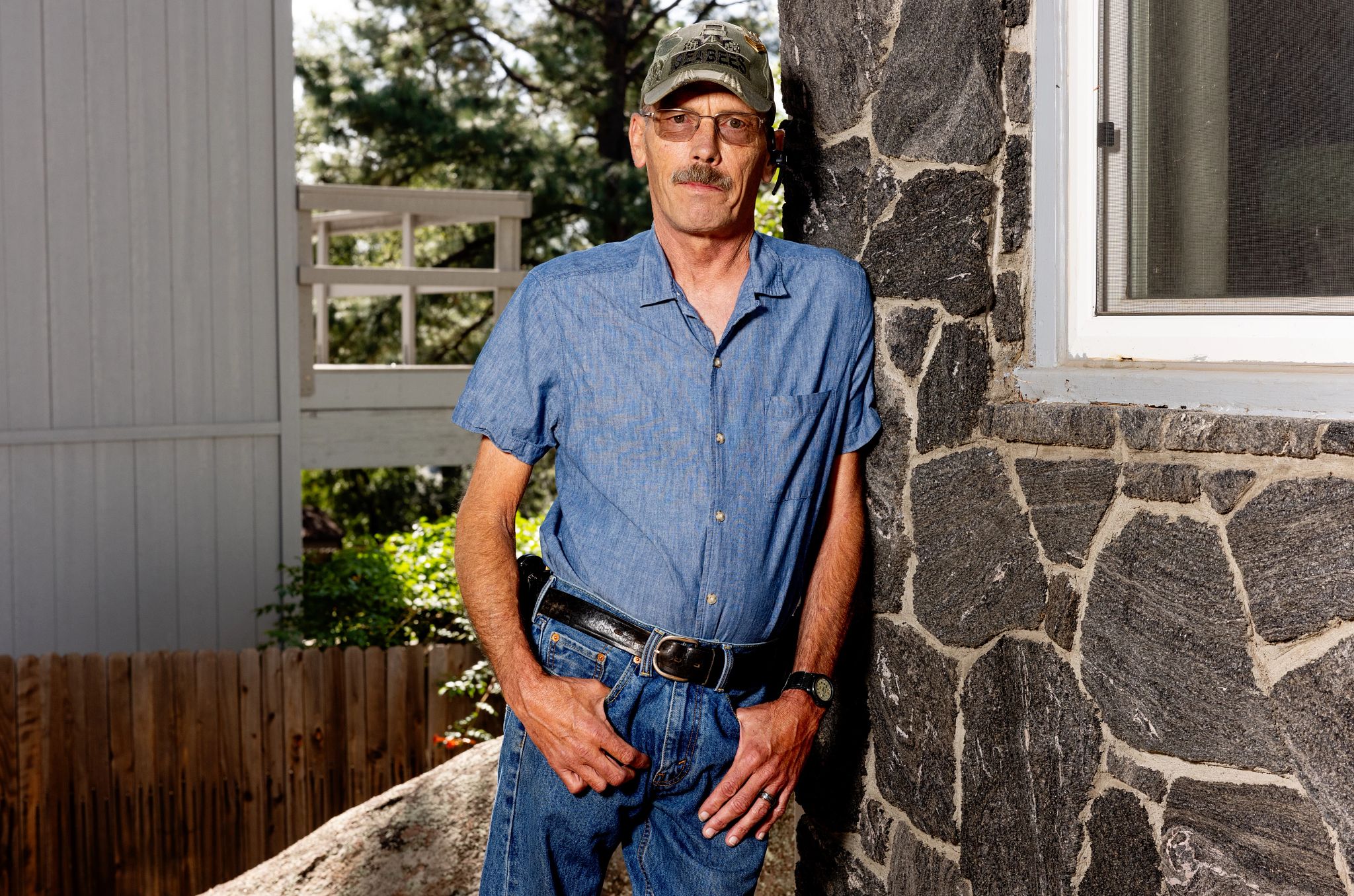AARP Hearing Center


Phoenix was plenty hot enough for Tim Mead when he was growing up there. “That’s why I joined the Navy,” he jokes. “To get out of the desert.”
When he retired from the service 20 years later, Mead and his wife decided to return to Arizona. But they bypassed his old hometown, where the average daily high temperature in July was above 112 degrees, according to National Weather Service data — more than 8 degrees hotter than in 1986, when he left. Instead, they settled in Flagstaff, where the 7,000-foot elevation kept the average daily high in July 2024 to a more tolerable 87.
Mead, now 57, was reminded why they made that choice when he descended into Mesa, just east of Phoenix, to buy a car on a day when the temperature there reached 109 degrees. But if heat like that is a deal-breaker for some older adults, it doesn’t deter many others. Mesa had the biggest net influx of relocating retirees of any U.S. city in 2023, according to a SmartAsset report based on U.S. Census Bureau survey data.
In fact, many of the most popular places in America to retire are also among those seeing a greater incidence of extreme heat, violent storms, destructive wildfires, drought and other effects of climate change, according to the nonprofit research group Climate Central. That has potentially serious repercussions for older Americans’ health and finances.
“People just generally are moving to places that are more prone to climate disasters,” says Kaitlyn Trudeau, senior research associate for climate science at Climate Central. “You’d think people would want to move away from disasters, but they’re moving toward them.”
Hot spots getting hotter
Judging by where they go, Americans who move in retirement continue to prioritize warm winter weather; the top 10 destination states in the SmartAsset study are all in the Sun Belt, and six are coastal. But this can also put relocating retirees in climate harm’s way.
Of the 10 metropolitan areas with the fastest-growing 65-plus population, per Census Bureau data, most are in areas increasingly prone to extreme heat, hurricanes or floods.
For example, Climate Central defines extreme heat as the temperature reaching the 95th percentile of the average summer maximum. Austin, Texas, No. 5 on the Census list, is seeing 28 more days of extreme heat a year than it did in 1970, according to the organization’s tracking — more than double the national average of 13 days. Houston (No. 8) is getting 33 more such days a year; in Raleigh and Durham, North Carolina (No. 3 and No. 9, respectively), it’s 34 more.































































More From AARP
Rising Seas Are Wiping Out Some Older Americans’ Futures
As more older Americans move to the coasts, rising seas are wiping out their homes — and retirement dreams
How Strength Training Helped One Cancer Survivor Feel Strong and Confident
Lifting weights also helped her recover from an unexpected injuryWhere to Find Retirement Refuge From Extreme Heat
These 6 states may suffer less from climate changeRecommended for You